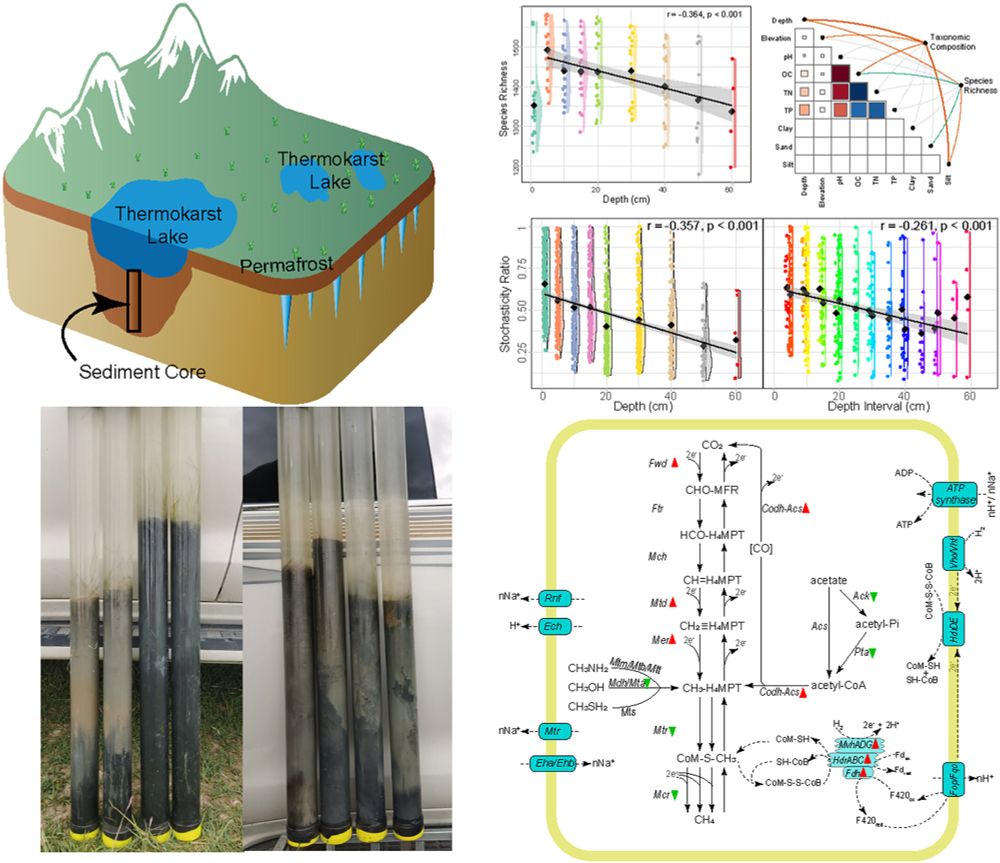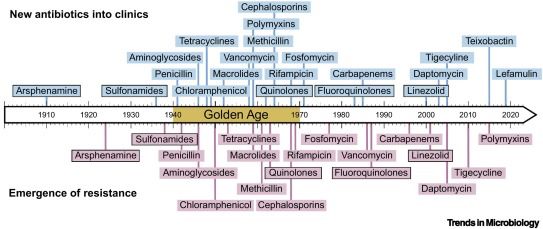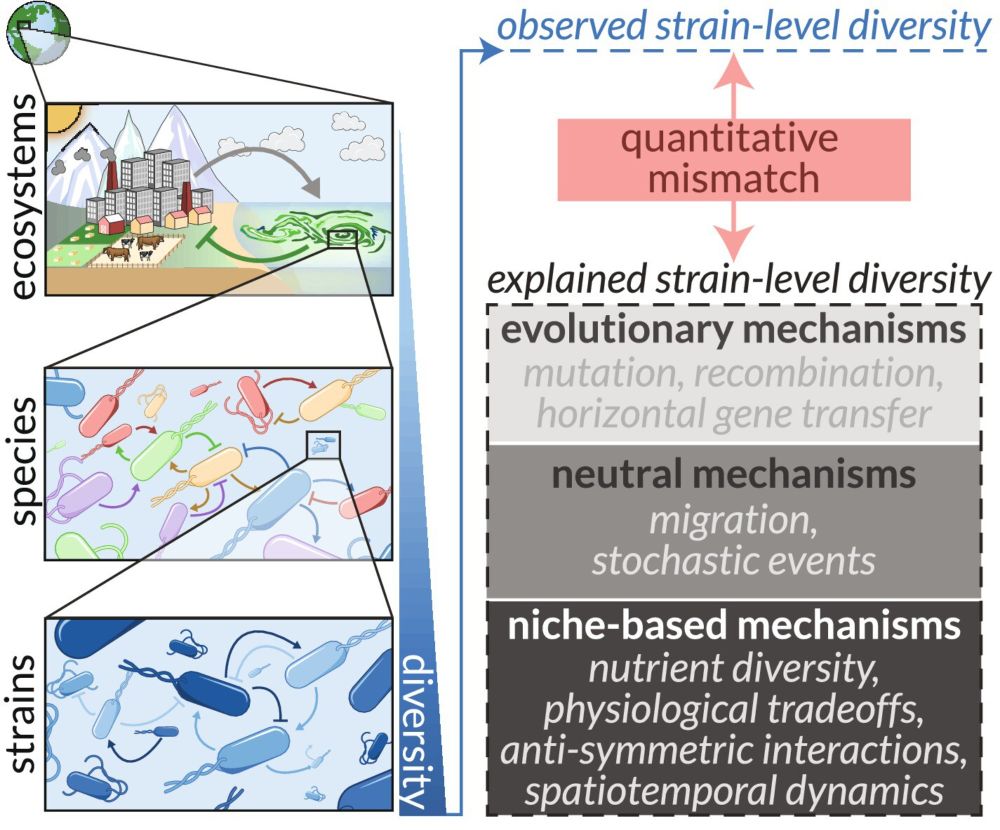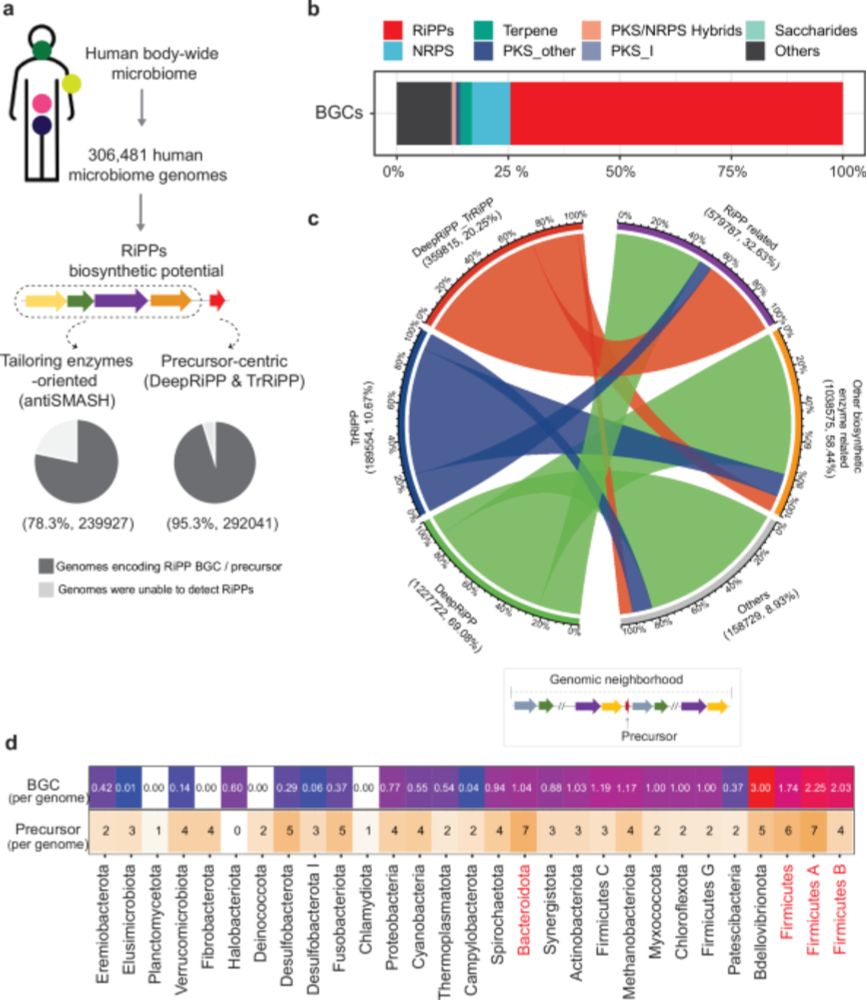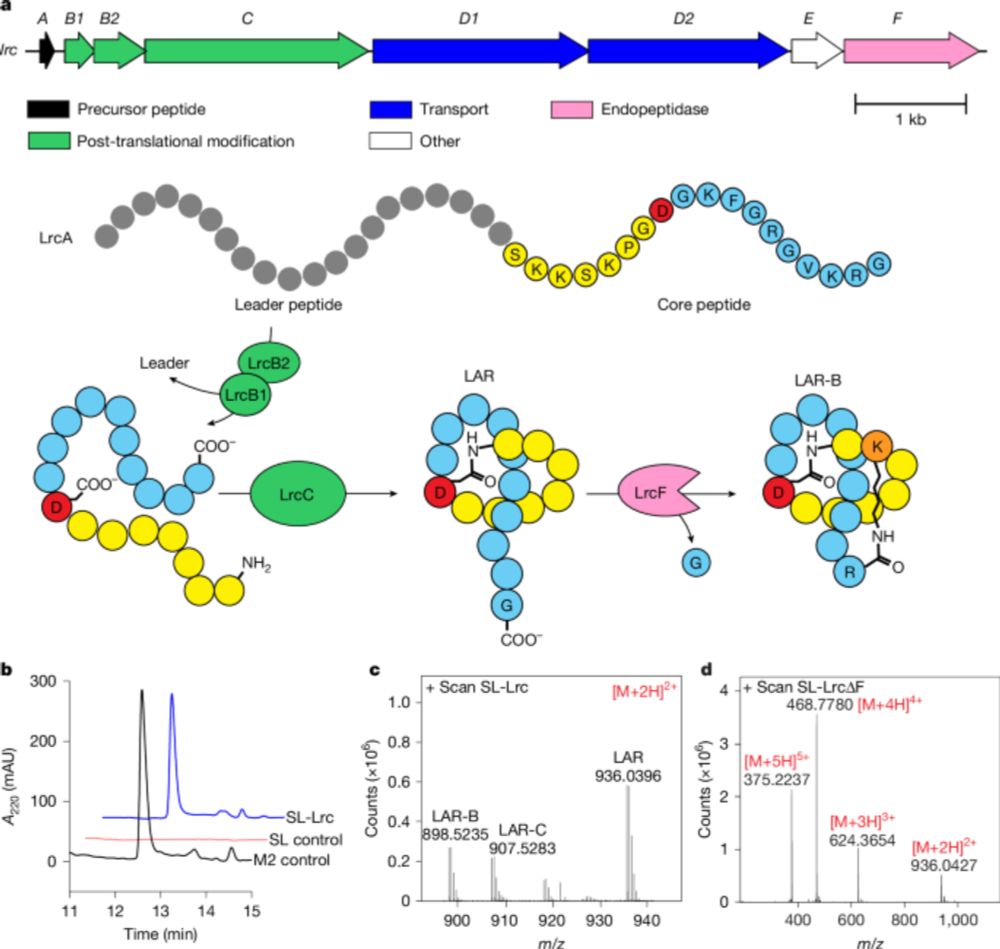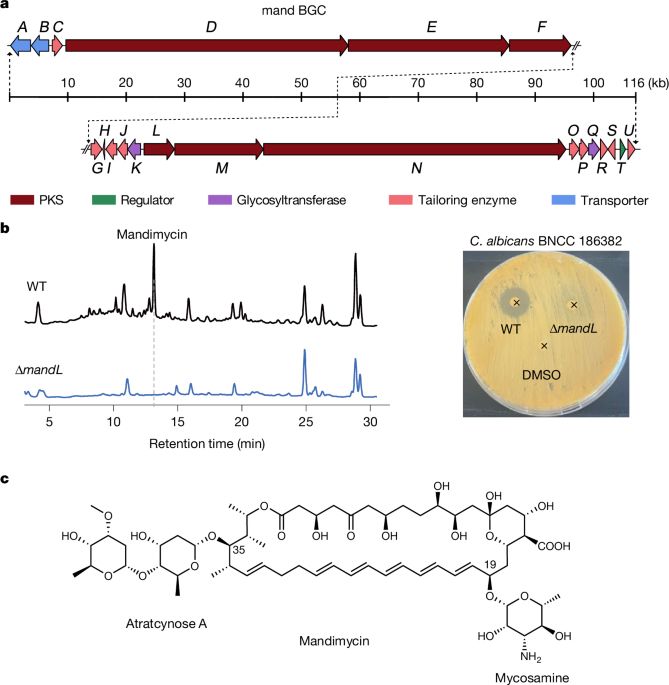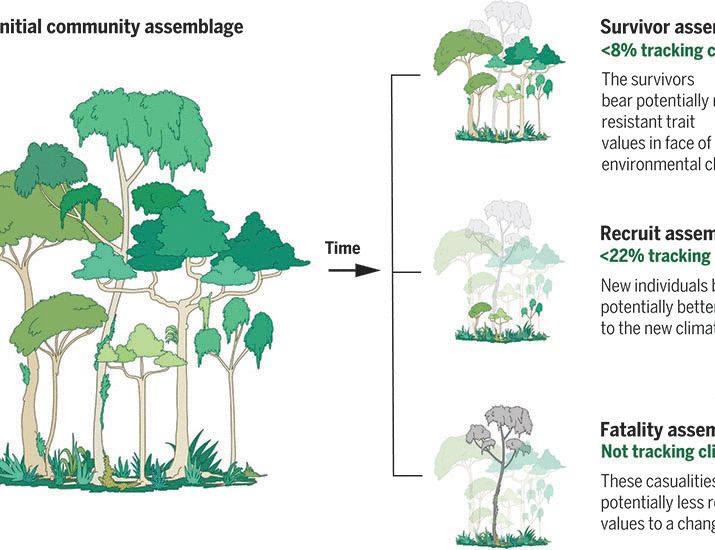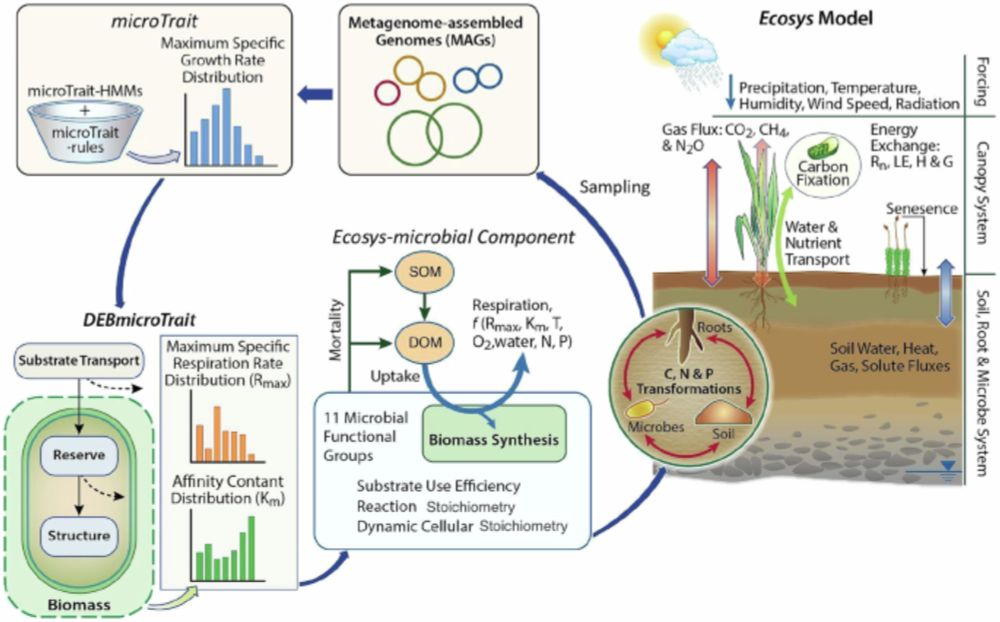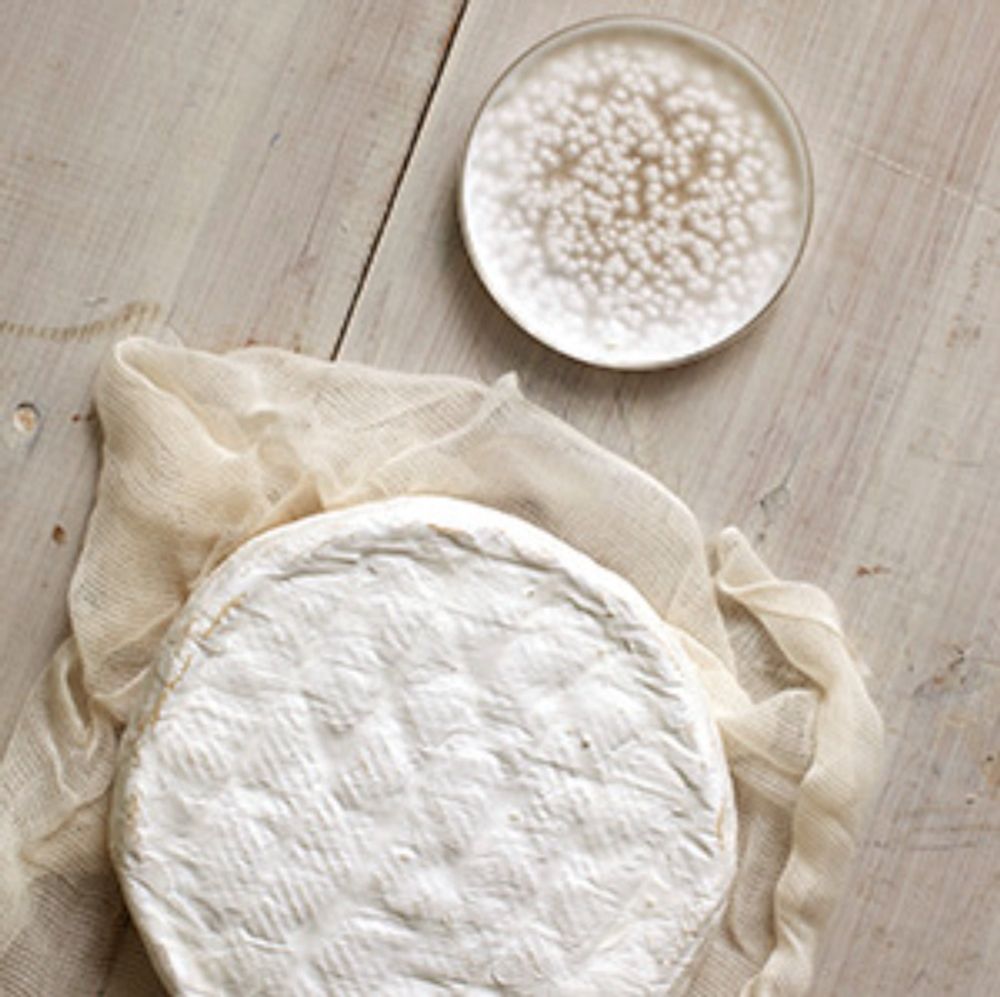I do a hybrid approach with interactive lectures using the white board and slides. Then I’ll assign primary lit reading and have them breakout into small groups for discussion questions on the other day of the week. Walk around and engage with each group. I love it 📚
05.11.2025 14:08 — 👍 1 🔁 0 💬 0 📌 0

Graduate Programs
Details and application info:
🔗 smu.edu/dedman/academics/departments/earth-sciences/graduate
Funding + microbes = happiness.
DM or email if you’re ready to dive in.
30.10.2025 18:13 — 👍 0 🔁 0 💬 0 📌 0
We study how microbial lineages evolve and assemble linking genomes, metabolites, and ecological roles. Fieldwork, mass specs, metagenomes, and a bit of chaos.
🧬 PhDs are fully funded (tuition, stipend, the works). Additional competitive fellowships are available through SMU’s grad school.
30.10.2025 18:13 — 👍 1 🔁 0 💬 1 📌 0

🧫 Graduate students wanted - microbial edition
The Chase Lab at SMU Earth Sciences is looking for microbial humans: adaptive, collaborative, and occasionally anaerobic.
If you get excited about connecting sequence data to actual biology, come join the experiment.
🌍 Dallas, TX
🔗 microbomics.com
30.10.2025 18:13 — 👍 4 🔁 2 💬 2 📌 0
I somewhat agree with what you’re saying. But our point was that these terms are used interchangeably all. The. Time. And no one defines them (or at least consistently), especially when considering evolution in microbiomes. Personally, I like using biology to define, but this is a frame of ref 🤷🏻♂️
20.08.2025 00:04 — 👍 3 🔁 0 💬 0 📌 0
Redirecting
Started off as a reading group and led to a nice mini-review of microbiome evolution in natural communities. Complete credit to Abby for leading this fun collab! #mevosky
Investigating bacterial evolution in nature with metagenomics
doi.org/10.1016/j.mi...
14.08.2025 20:38 — 👍 24 🔁 9 💬 0 📌 2
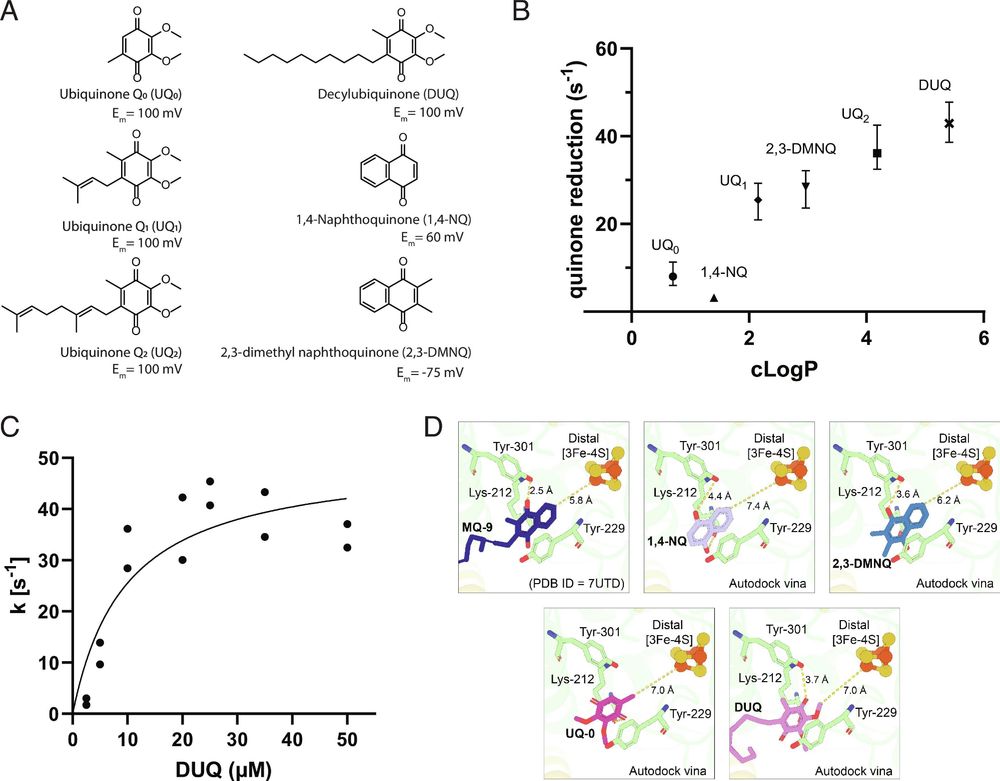
ATP synthesis driven by atmospheric hydrogen concentrations | PNAS
All cells require a continuous supply of the universal energy currency, adenosine
triphosphate (ATP), to drive countless cellular reactions. The un...
Our article showing energy production from air alone is in PNAS today. This paper provides an ultimate biochemical proof that microbes can survive simply by 'making' energy from air (making two ATP per molecule atmospheric H2 consumed) and has biotech applications. www.pnas.org/doi/10.1073/...
25.07.2025 00:54 — 👍 118 🔁 55 💬 4 📌 6
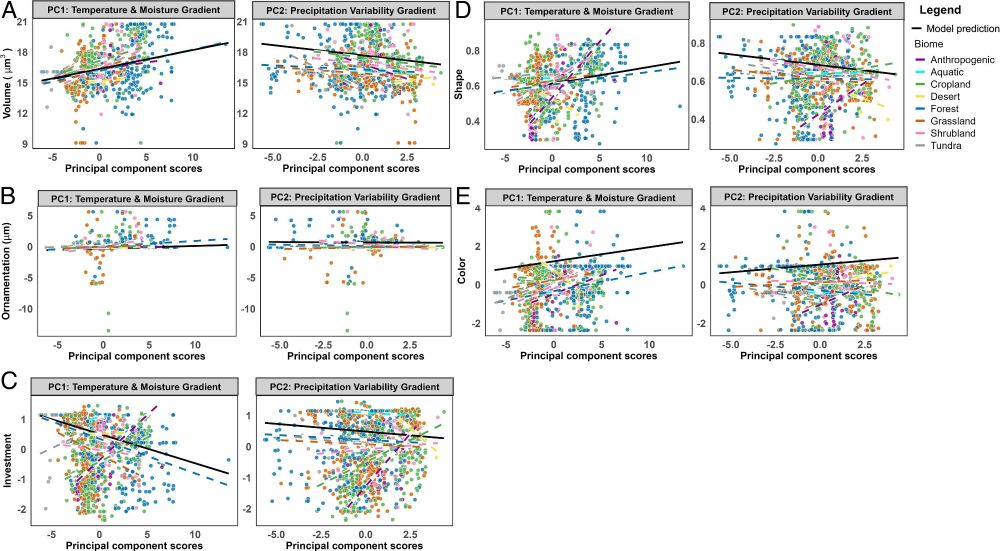
Climate-linked biogeography of mycorrhizal fungal spore traits | PNAS
Climate-driven variation in traits is crucial for predicting ecological responses
to environmental change, yet global patterns and drivers of micro...
Fungal spores reveal a global climate footprint on microbes' traits!
Incorporating microbial traits improves predictions of biogeographic shifts.
Fun project w @balachaudhary.bsky.social @smriti-pehim-limbu.bsky.social @sturmer.bsky.social @aguilart.bsky.social
www.pnas.org/doi/10.1073/...
15.07.2025 18:56 — 👍 35 🔁 13 💬 1 📌 1
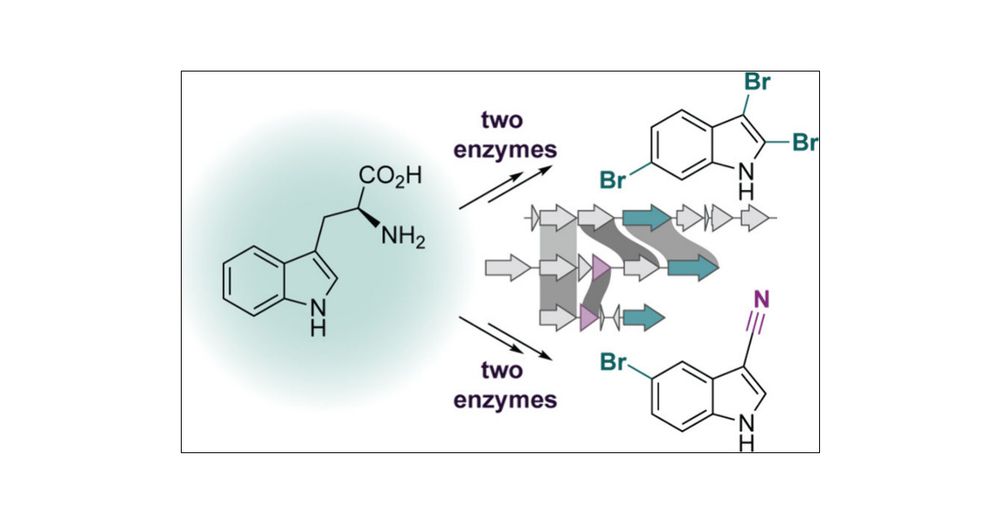
Metagenomic Identification of Brominated Indole Biosynthetic Machinery from Cyanobacteria
Halogenated indole natural products have been isolated from a variety of organisms, including plants, marine algae, marine invertebrates, and bacteria. Aquatic cyanobacteria, in particular, are rich producers of brominated indoles, but their cognate biosynthetic enzymes have only been successfully linked in a limited number of natural products, such as the eagle-killing toxin aetokthonotoxin (AETX). The biosynthetic pathway for AETX involves five enzymes, two of which were previously undescribed due to incomplete annotations as hypothetical proteins. Our recent elucidation of AETX biosynthesis established functions of the two previously unknown proteins as enzymes responsible for tryptophan halogenation (AetF) and nitrile synthesis (AetD). Given their sequence novelty, we queried metagenomic data sets for these two enzymes and identified two new cyanobacterial haloindole biosynthetic gene clusters (BGCs) from marine sediment in Moorea, French Polynesia, and soil-derived samples in Maunawili Falls, Hawaii. We characterized the recovered BGCs by biochemically validating a new AetF homologue that exclusively halogenates free indole, rather than tryptophan as observed in AETX biosynthesis, and a new AetD homologue that harbors distinct substrate preferences, expanding the scope of nitrile biosynthesis. Additional characterization of core and accessory enzymes within these AETX-like BGCs highlights the breadth and diversity of haloindole biosynthetic machinery in cyanobacteria.
New work led by the amazing @aprillukowski.bsky.social lab. Love working on these interdisciplinary projects discovering new chemical diversity in nature. Microbes are the best chemists!
pubs.acs.org/doi/10.1021/...
12.07.2025 16:30 — 👍 7 🔁 3 💬 0 📌 0
En route to ASM Microbe. Excited to be back in CA. Let me know if you’re also going and want to grab a coffee to discuss some science 🙌🏻
18.06.2025 21:40 — 👍 2 🔁 0 💬 0 📌 0
There is so, so much good science being shared and discussed on bsky right now. The news of its demise is quite backwards. If you are having trouble finding it among all of the very important political news, use the papersky feed that filters posts you follow to just papers:
bsky.app/profile/pape...
13.06.2025 13:24 — 👍 51 🔁 32 💬 3 📌 2

Just out in PNAS! www.pnas.org/doi/10.1073/... "The evolution of thermal performance curves in response to rising temperatures across the model genus yeast". Beautiful work using experimental evolution forecasting climate impacts on biodiversity by Jennifer Molinet @jennifermolinet.bsky.social
20.05.2025 18:01 — 👍 107 🔁 45 💬 7 📌 1
so is it like even worth starting to prepare a CAREER grant??? 🤷♂️
19.05.2025 12:33 — 👍 1 🔁 0 💬 0 📌 0
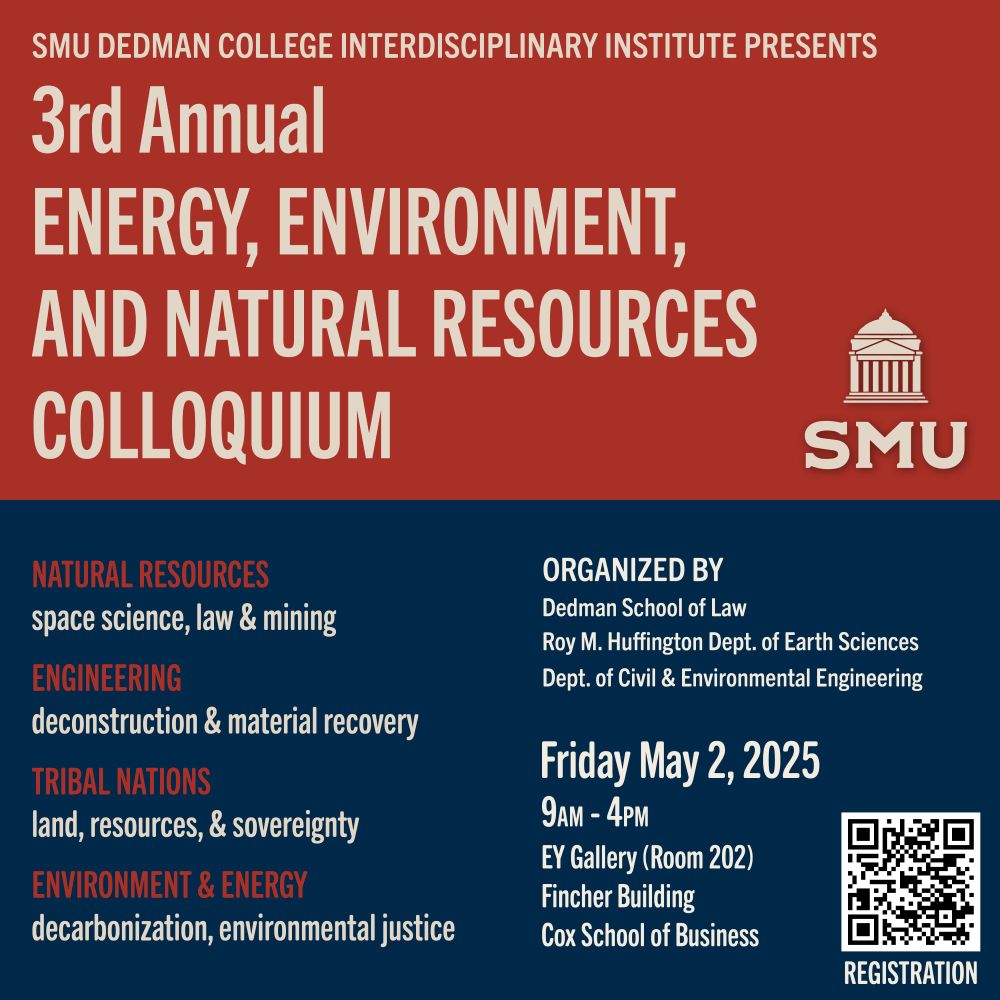
If you're in DFW next week, come join us for our 3rd Annual SMU Energy, Environment, and Natural Resources (EENR) Colloquium. Exciting invited speakers and panels addressing science, industry, and law about pressing #envsci issues
📍 SMU
📅 Friday May 2
🌎🌱🛰️🍃♻️💡
23.04.2025 16:38 — 👍 0 🔁 0 💬 0 📌 0
Feel free to share your favorites! Always need new papers to read and discuss, especially anything microbial evolution related
05.03.2025 16:01 — 👍 1 🔁 0 💬 0 📌 0
Redirecting
12. And one for the human microbiome fans out there!
Elevated rates of horizontal gene transfer in the industrialized human microbiome
doi.org/10.1016/j.ce...
05.03.2025 15:56 — 👍 1 🔁 0 💬 1 📌 0
Postdoctoral Researcher at the @mncn_csic | Microbial Ecology & Evolution 🦠🧬 | Marvel, whales, Eurovision & chocolate | #FirstGen | He/Him/Él 🏳️🌈
https://alejandrorgijon.github.io/
I do science about the ocean, organic carbon, weird microbes and their enzymes. Associate Prof, Marine and Environmental Biology, USC. He/him.
Senior Editor at @plosbiology.org; Scientist, Humanist, Optimist and Recovering Academic. All opinions my own.
Evolutionary and Mathematical Biology, sequence structure and function, genomes evolve, statistical theory and knowledge, empirical-theoretical interface, communication of evolutionary genetics, collaboratives, the mind-body problem, humanism
Bioinformatics and marine microbial ecology. Right now focused mainly protists + metatranscriptomics! Open science. He/Him/His.
Microbial community ecologist 🦠 - Microbiomes, biodiversity, environmental change - Assistant Professor Yale EEB & MSI - 🇮🇹 -> 🇺🇸 - she/her
https://www.dalbellolab.com/
Or just “Li” |
Assist. Prof. @ Plant Bio Michigan State U. |
Also post data visualization |
Lab: https://cxli233.github.io/cxLi_lab/ |
GitHub: https://github.com/cxli233
Synthetic AstroBotatnist. Engineer of synthetic gene circuits in plants. 🇬🇧🇪🇺 now in 🇦🇺. He/They.
Google Scholar: http://shorturl.at/dnHVZ
Compbio blog: badgrammargoodsyntax.com
PhD student in Geology
Interested in Microbial Ecology
Geochemistry
Bioinformatics
Assoc Prof, Evolutionary Genomics, Quantitative/Population Genetics, Yeast, Experimental Evolution, Hybridization, @Stockholm University https://stelkenslab.com/
Microbiology PhD, co-author of antiSMASH, Open Source geek, views are my own. @kblin@scholar.social
Geochemist and biologist, Interested in lipids, RNA, pathogens, & synthesis of life.
Geomicrobiologist | PhD student @ UTMSI | BS @ UNC
Science journalist covering all fields. Formerly an editor at New Scientist and Nature. Particular fan of health, mushrooms, amphibians, marine life and nature 🧪🐸 🍄
Selection of articles here: https://www.newscientist.com/author/chris-simms/
Assistant Professor at Lehigh University | Aquatic Microbial Ecology, Biogeochemist | Educator, Diversity Advocate, Husband | previously: UNC, Uppsala, SDU | lehighoceans.org/microbial-ecology
UCLA Chancellor’s Postdoctoral Fellow studying the maternal gut microbiome
Microbial oceanographer and biogeochemist, Cat mama to 4
Tropical ecologist, root researcher, and enthusiast of the above- & below ground realms.
Dark Autotrophic Biotechnologist, Microbiologist and Biotechnologist working on (c)omics of interesting and productive living thingies.Teaching at HWU and UoE. Earth=Home, 'Frysk om utens'. Nature, Life, Science, History, 337ppm. I don't use Direct Message







